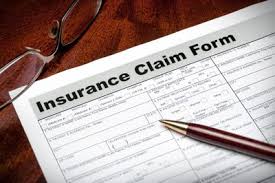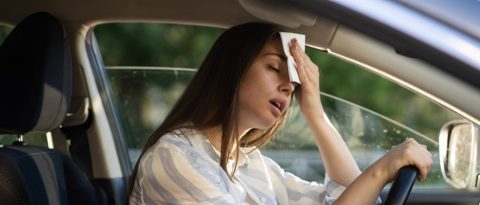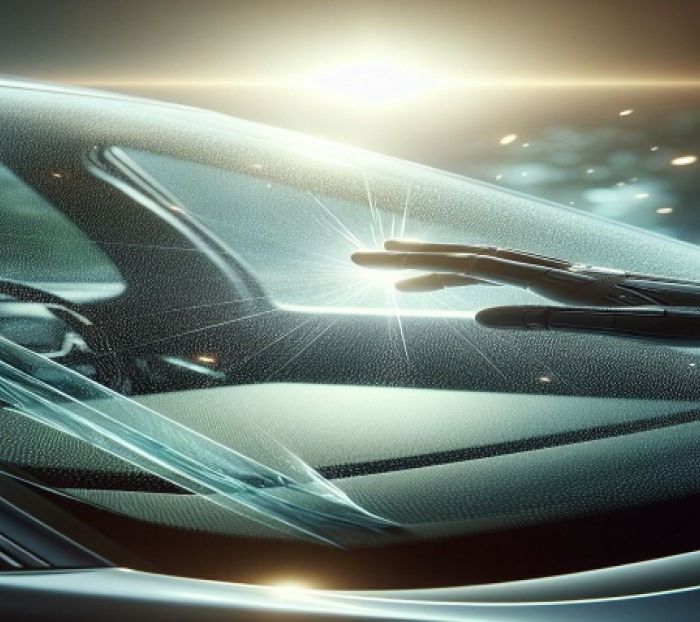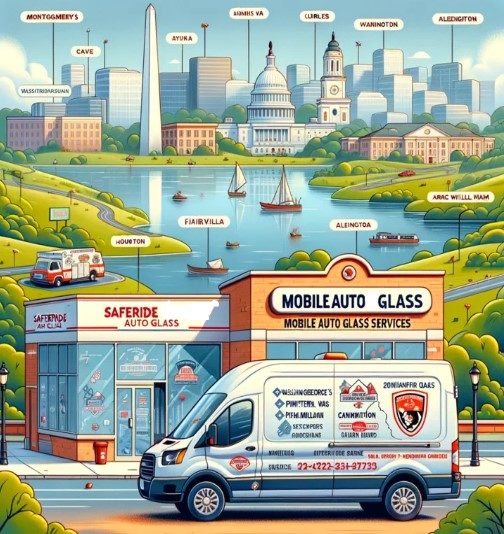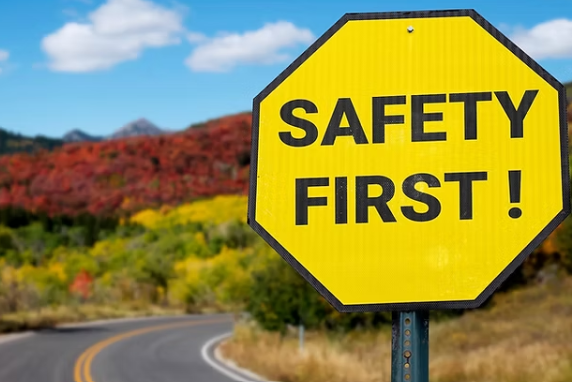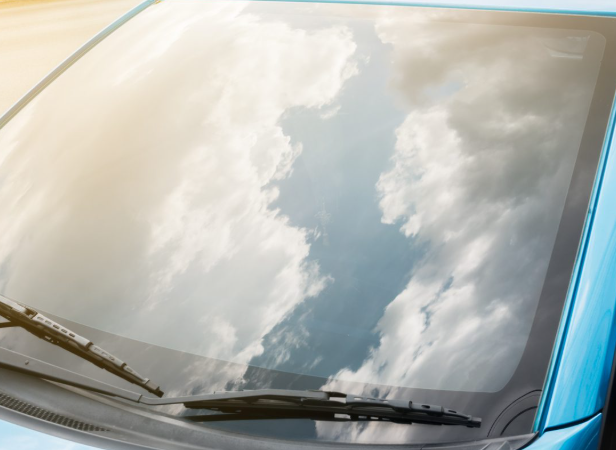Learn why ADAS camera calibration is crucial after windshield replacement. Ensure safety and performance with certified auto glass services in Alexandria & Fairfax County.
In this rapidly evolving automotive world, safety technology is advancing at lightning speed. One of the most critical innovations in modern vehicles is the Advanced Driver Assistance Systems (ADAS). These systems rely on various sensors and cameras—most notably, the forward-facing camera mounted to the windshield. After a windshield replacement, it’s absolutely essential to perform ADAS camera calibration to ensure your vehicle’s safety features continue to work accurately.
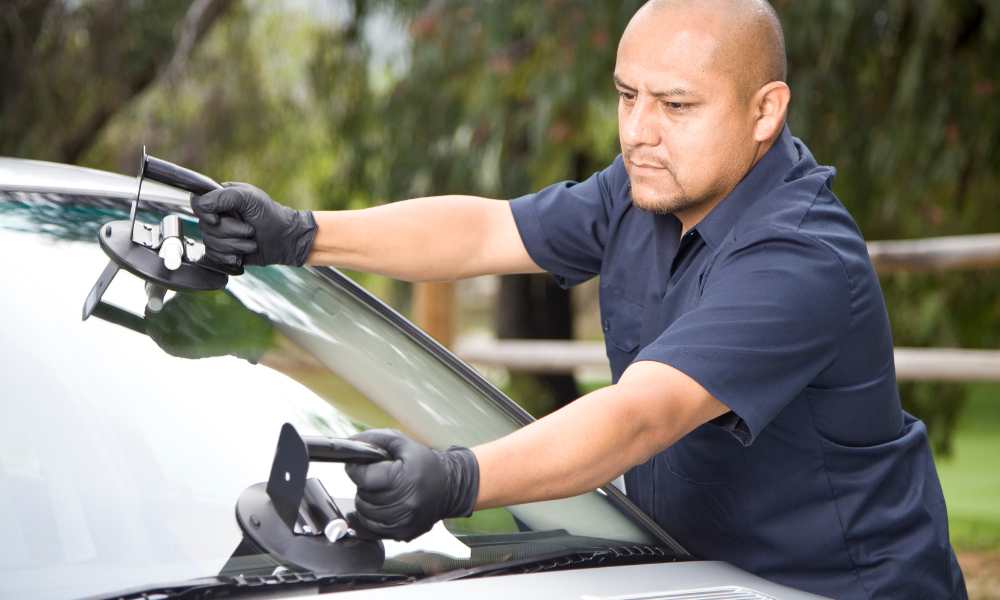
Lorem ipsum dolor sit amet, consectetur adipiscing elit. Ut elit tellus, luctus nec ullamcorper mattis, pulvinar dapibus leo.
Understanding ADAS
ADAS includes a suite of technologies designed to assist drivers and reduce the chances of accidents. These systems can include:
- Lane Departure Warning (LDW)
- Forward Collision Warning (FCW)
- Automatic Emergency Braking (AEB)
- Adaptive Cruise Control (ACC)
- Traffic Sign Recognition
- Lane Keep Assist (LKA)
- Incorrect steering adjustments
- Failure to detect obstacles or other vehicles
- Delayed braking or warnings
- False alarms while driving
What is ADAS Camera Calibration?
ADAS camera calibration is the process of precisely aligning and configuring the cameras and sensors that control your vehicle’s driver-assist systems. When a windshield is replaced—even if installed perfectly—the positioning of the camera can shift slightly. Because ADAS cameras rely on exact angles and field-of-view data, even a minor misalignment can disrupt the system’s function.
Calibration ensures that:
- The camera views are aligned according to the manufacturer’s specifications
- The sensors are communicating accurately with the vehicle’s central computer
- All safety features function properly as designed
There are two primary types of ADAS calibration:
- Static Calibration: Performed in a controlled environment using specialized equipment and targets. The vehicle remains stationary.
- Dynamic Calibration: Requires the vehicle to be driven on specific road types and conditions while a computer adjusts the system based on real-time data.
Why Is Calibration Necessary After Windshield Replacement?
The windshield plays more than a protective role—it acts as the mounting surface for the ADAS camera. When you replace the windshield, even with OEM (original equipment manufacturer) glass, the position of the camera may shift. This tiny variation affects the viewing angle and perception, causing the ADAS to misread information.
Imagine a few real-life consequences if the calibration isn’t performed:
- Your lane keep assist might steer you incorrectly
- Forward collision warnings may trigger falsely or too late
- Adaptive cruise control could fail to maintain the right distance
- The emergency braking system might not activate in time
Without ADAS camera calibration, your windshield repair may turn into a safety hazard.
What Happens If You Skip Calibration?
Some drivers believe that replacing a windshield is a simple task and doesn’t affect high-tech systems. However, avoiding recalibration can result in:
- Reduced functionality: Your vehicle may lose access to some ADAS features
- Safety risks: Poor or incorrect ADAS input can lead to accidents
- Warning lights or error messages: You might start seeing dashboard alerts
- Insurance complications: Some insurance providers may deny claims if recalibration isn’t done
Most manufacturers mandate recalibration after windshield replacements as part of their safety protocols. Skipping it could void your warranty or result in legal issues if your vehicle is involved in a crash.
ADAS Calibration Requirements by Vehicle Make
Each vehicle manufacturer has its own standards and requirements for ADAS camera recalibration. Here are some examples:
- Toyota: Requires calibration after windshield replacement, front-end collision, or if the camera is removed.
- Honda: Mandates recalibration after a windshield replacement, suspension alignment, or collision repair.
- Subaru: Uses EyeSight technology, which demands precise calibration using OEM glass only.
- Ford, BMW, Audi, Volkswagen: Also require recalibration to ensure driver assistance systems work flawlessly.
If you drive any of these brands, be sure to use a certified auto glass company with the proper equipment and training.
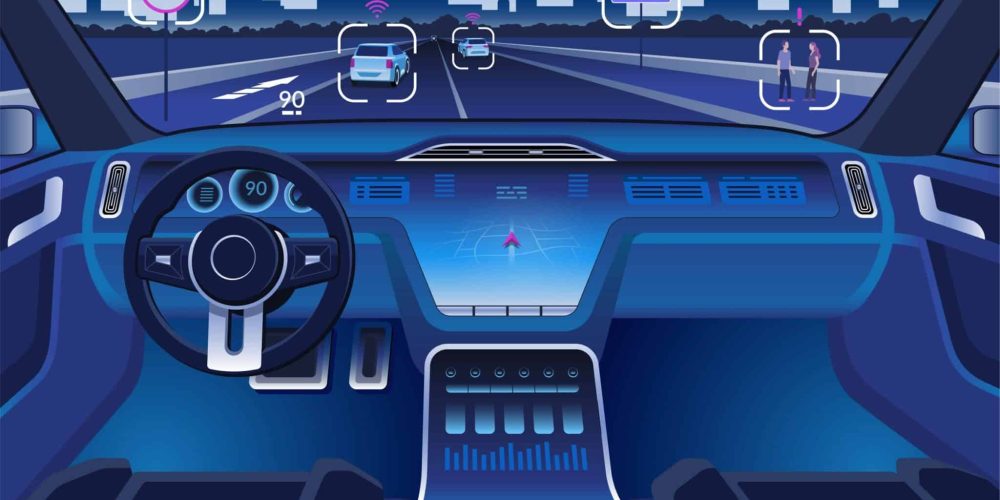
How Long Does Calibration Take?
The time required for ADAS calibration can vary depending on your vehicle and the type of calibration needed. Here’s a general idea:
- Static calibration: 1 to 2 hours
- Dynamic calibration: 30 minutes to 1 hour of road testing
- Combined process: 2 to 3 hours
The time might also vary based on:
The time might also vary based on:
- Manufacturer requirements
- Availability of calibration equipment
- Environmental conditions (for dynamic testing)
Regardless of how long it takes, it’s a small investment compared to the cost of an accident due to malfunctioning ADAS features.
Signs Your ADAS Needs Calibration
Even if you haven’t replaced your windshield, certain signs can indicate the need for ADAS recalibration:
- Warning lights or sensor errors on your dashboard
- The car drifts out of its lane despite active lane assist
- Sudden or inconsistent braking from AEB
- ADAS features seem sluggish or unresponsive
- After suspension or bumper repairs
These systems are complex and interconnected. If one part is off—even slightly—the entire system may be affected.
Why SafeRide Auto Glass is the Smart Choice
Choosing the right auto glass service provider isn’t just about price—it’s about safety, reliability, and certification. At SafeRide Auto Glass, we stand out because:
- We offer complete windshield replacement and repair
- We perform precise ADAS camera calibration on-site
- We serve customers across Alexandria and Fairfax County
- We handle auto glass insurance claims smoothly
- We provide a lifetime warranty on workmanship and parts
- We don’t just replace your glass—we protect your safety.
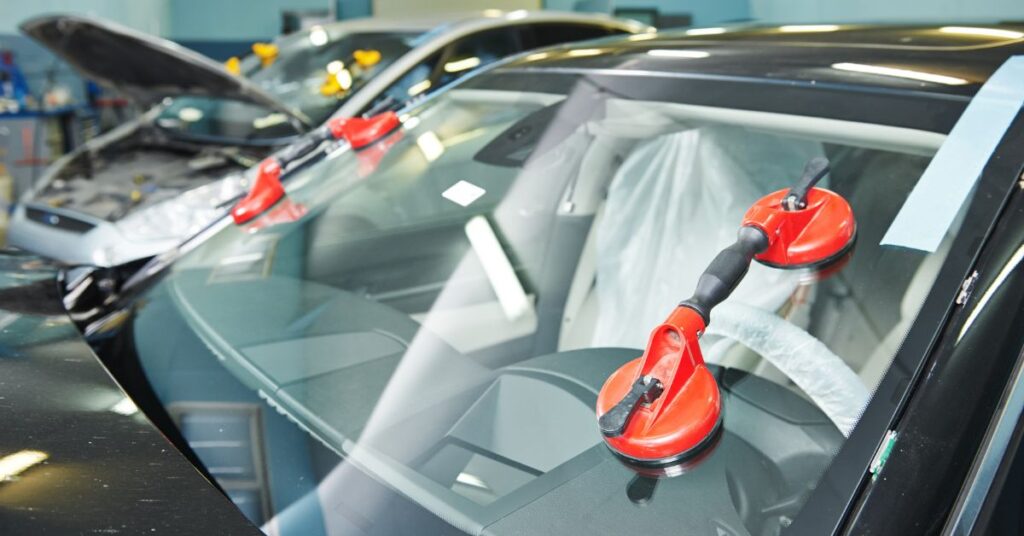
Final Thoughts
ADAS technology is a lifesaver. It helps drivers stay in their lanes, avoid collisions, and navigate roads more confidently. However, these systems rely on precise camera alignment, which can be thrown off even by a small windshield shift.
That’s why ADAS camera calibration is not optional after a windshield replacement—it’s a safety-critical necessity. Ignoring it not only puts you and your passengers at risk but can also affect your insurance and legal standing.
Book Now with SafeRide Auto Glass
If you’ve recently had a windshield replacement—or plan to—don’t risk driving with uncalibrated ADAS systems.
Schedule Your Appointment Now – Get your ADAS calibration and windshield replacement done right, the first time.


